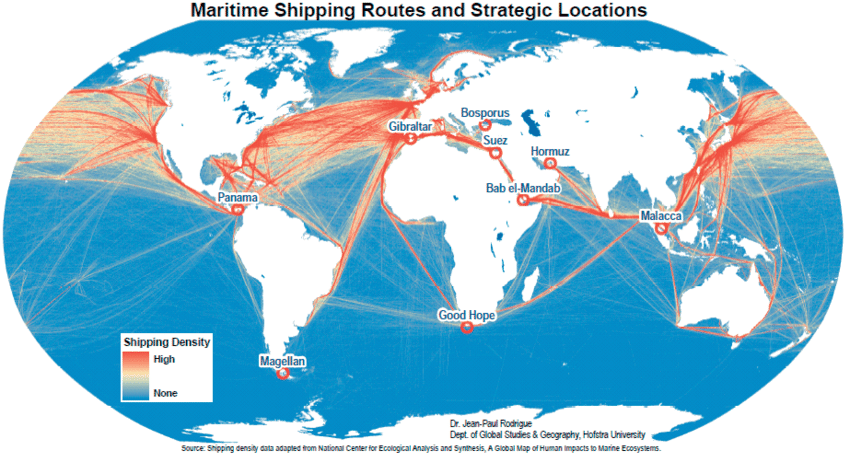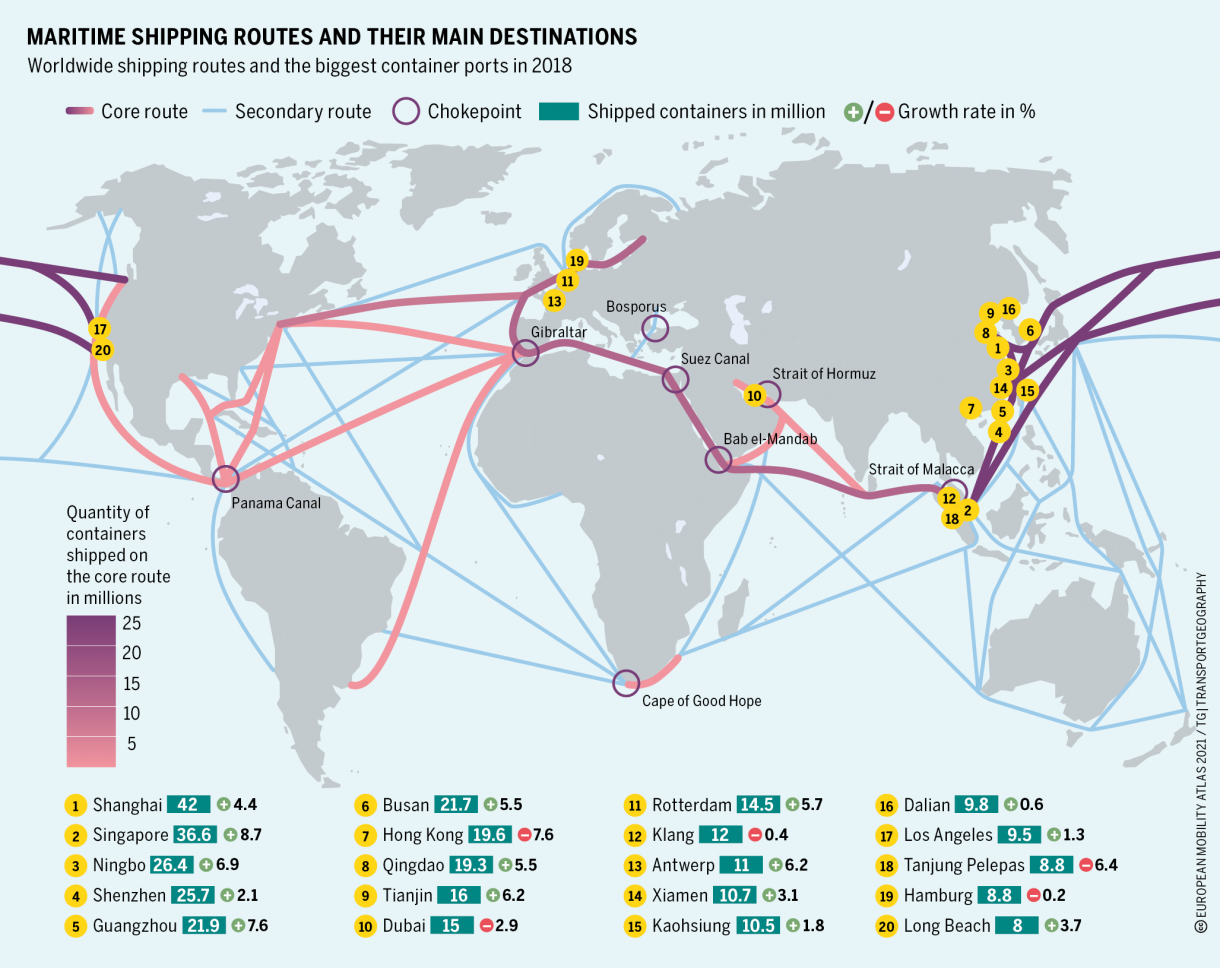5
21
"Kazatomprom, world's largest uranium producer, flashes red" "West risks losing access to 43% of global uranium supply"
(theoregongroup.substack.com)
7
12
How Mushrooms are Grown & Processed | Modern Mushrooms Farming Technology | Food Factory
(invidious.flokinet.to)
8
12
9
9
12
2
14
1
Process of Making Ball Bearings. A Mechanical Parts Manufacturing Factory in Korea.
(invidious.flokinet.to)
16
1
17
1
19
1
view more: next ›
How It's Made
213 readers
1 users here now
Let's see and discuss how things are made.
Welcome here:
- Documentaries, articles, etc. about the production process under any mode of production, from anywhere in the world, including traditional and/or historical methods
- Information and news about industries
- First-hand descriptions of production processes
- "Satisfying" or otherwise interesting or informative footage of production
- Similar content, news and discussion related to labor, automation, transportation, infrastructure, resources, etc.
Casual and light-hearted discussion is welcome, as well as in-depth and serious discussion.
Media from a bourgeois/liberal point of view is acceptable to post here, as the focus of this community is on the production methods themselves rather than the lens they are presented through. Marxist discussion of the capitalist or otherwise non-Marxist narrative presented around the production process of any item/industry is also welcome.
I don't know whether other people will be interested in this community, but we'll see :)
founded 2 years ago
MODERATORS

